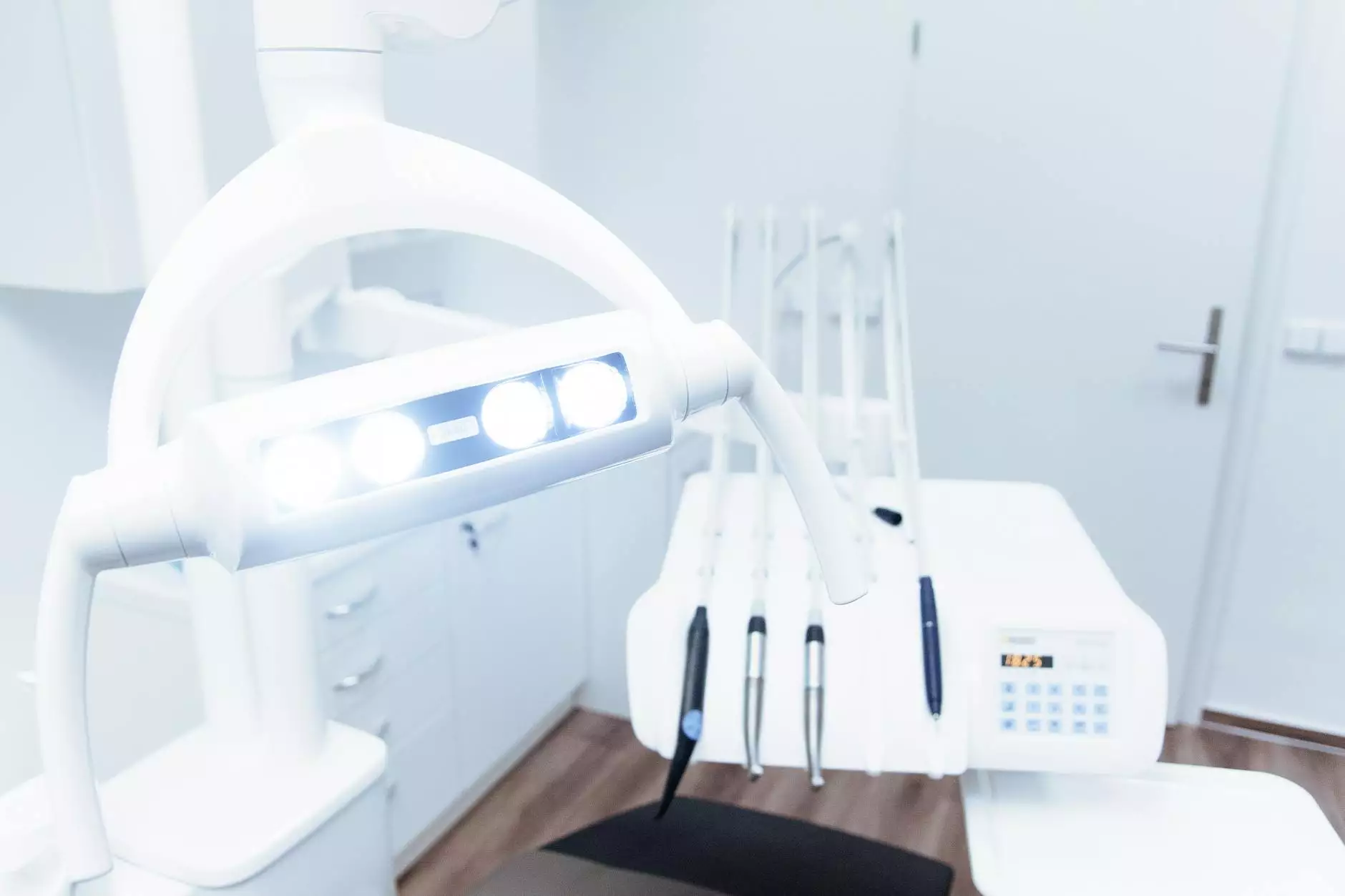Understanding Unilateral Salpingo Oophorectomy

Unilateral salpingo oophorectomy is a surgical procedure that involves the removal of one ovary and one fallopian tube. This operation may be necessitated by various medical conditions, including but not limited to ovarian cysts, tumors, or other gynecological conditions. In this article, we dive deep into the unilateral salpingo oophorectomy procedure, its indications, the surgical process, recovery, and the long-term implications for women's health.
What Is Unilateral Salpingo Oophorectomy?
A unilateral salpingo oophorectomy is a type of surgery aimed at removing one ovary and the corresponding fallopian tube. The procedure is often performed laparoscopically, making it minimally invasive. It is crucial for women who face specific health challenges, ensuring their overall reproductive health is maintained or improved.
Indications for Unilateral Salpingo Oophorectomy
The need for this surgery can arise due to a multitude of factors, including:
- Ovarian Tumors: Benign or malignant growths on the ovary may necessitate removal to prevent cancer development or to treat existing cancer.
- Endometriosis: This condition, where the tissue similar to the lining inside the uterus grows outside it, can affect the ovaries, causing pain and complications.
- Ovarian Cysts: Large or persistent cysts that cause pain or discomfort might be treated through this procedure.
- Gynecologic Emergencies: Conditions such as ectopic pregnancy can also lead to the urgent need for surgery.
The Procedure: What to Expect During Unilateral Salpingo Oophorectomy
The unilateral salpingo oophorectomy is typically conducted under general anesthesia. Here is a step-by-step overview of what the procedure generally involves:
1. Preoperative Preparations
Before the surgery, patients will undergo a comprehensive evaluation that includes blood tests, imaging tests, and an in-depth discussion regarding the risks and benefits of the surgery. It is advisable to follow preoperative instructions, such as fasting and medication adjustments.
2. The Surgical Technique
The surgeon often employs a laparoscope — a small instrument with a camera — which is inserted through small incisions in the abdomen. This approach minimizes recovery time and reduces scarring. The steps include:
- Inserting the laparoscope to view the internal organs.
- Identifying the affected ovary and fallopian tube.
- Carefully removing the ovary and tube, taking care to protect surrounding structures.
- Closing the incisions with sutures or adhesive strips.
3. Postoperative Care
Post-surgery, patients are monitored in a recovery area. Discharge plans typically include:
- Pain Management: Medication will be provided to manage pain effectively.
- Activity Restrictions: Patients are advised to limit physical activity for several weeks to allow healing.
- Follow-Up Appointments: Scheduling follow-ups with the surgeon to monitor recovery progress.
Recovery After Unilateral Salpingo Oophorectomy
Recovery can vary dramatically from person to person. Most women can expect to return to normal activities within two to six weeks. Factors that influence recovery include:
- Overall Health: Age and existing health conditions can affect healing.
- Surgery Type: Laparoscopic surgeries usually offer quicker recovery than open surgeries.
- Adherence to Post-Operative Care: Following the doctor's advice contributes significantly to a smooth recovery.
Long-term Implications of Unilateral Salpingo Oophorectomy
While the surgery removes one ovary and fallopian tube, many women continue to have healthy reproductive capabilities. Here are some long-term considerations:
- Hormonal Balance: The remaining ovary usually compensates for hormonal production, but some women may experience changes in hormone levels.
- Fertility: Women wishing to conceive may face challenges, though many can still become pregnant since ovulation continues from the remaining ovary.
- Emotional Wellbeing: Women may experience a range of emotions post-surgery. Support from counseling or support groups can be beneficial.
Conclusion: The Importance of Informed Decisions
In conclusion, a unilateral salpingo oophorectomy can be a necessary procedure that significantly impacts a woman's health. Understanding the reasons for the surgery, the steps involved, and what to expect in recovery helps in making informed decisions. If you or a loved one may need this procedure, engage in open discussions with healthcare providers to explore options and support needs.
Consult with Experts at DrSeckin.com
For more detailed information and personalized guidance, feel free to reach out to the Doctors at DrSeckin.com, specializing in Health & Medical care, specifically Obstetrics & Gynecology. Their expertise will help navigate through the complexities of gynecological health, ensuring a supportive and informative experience.









